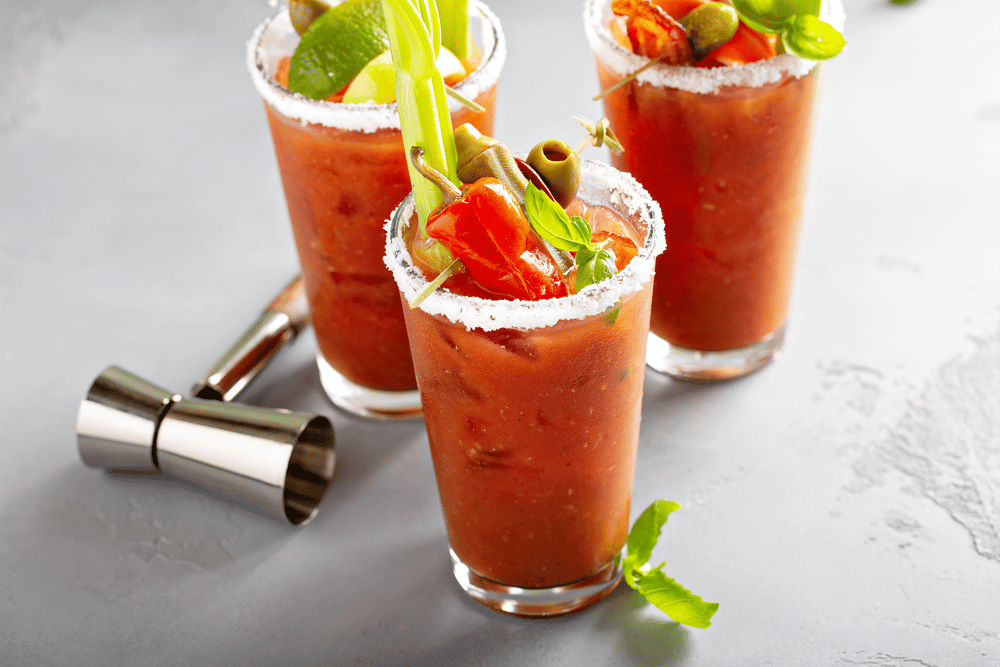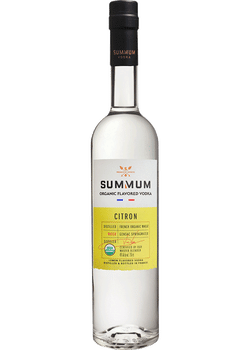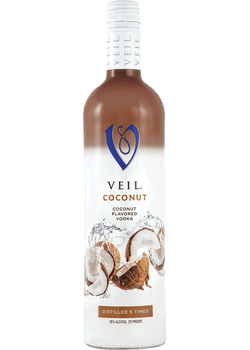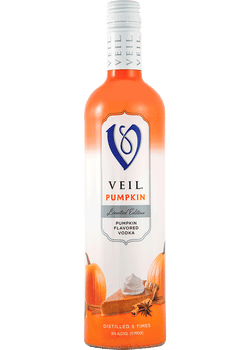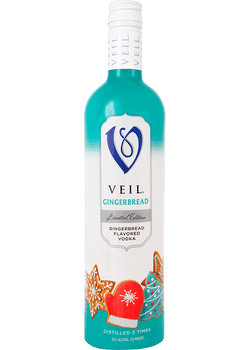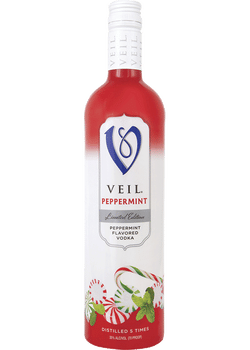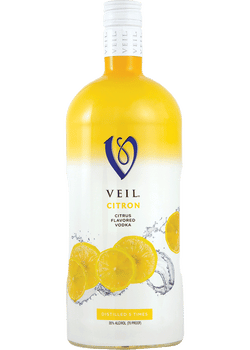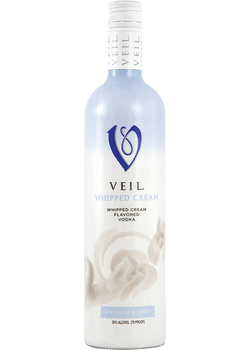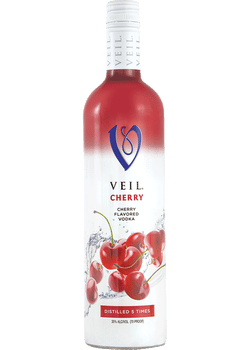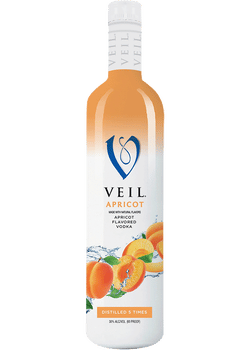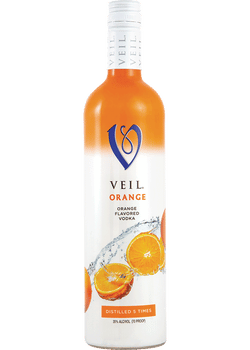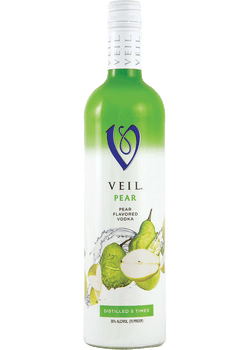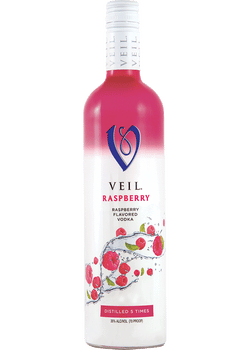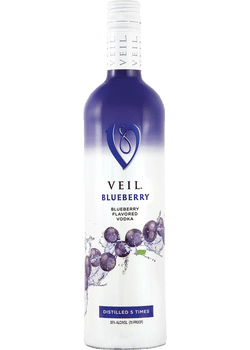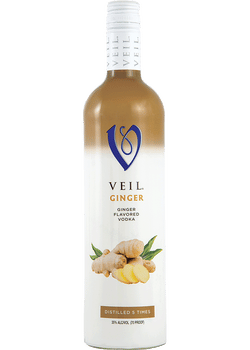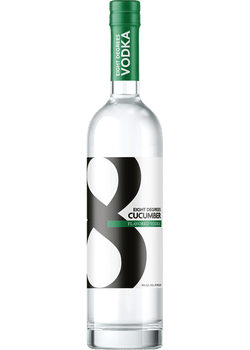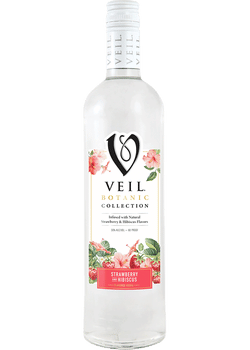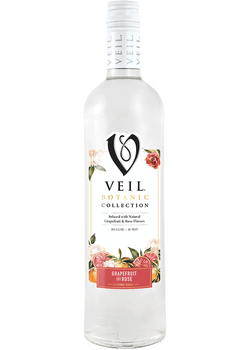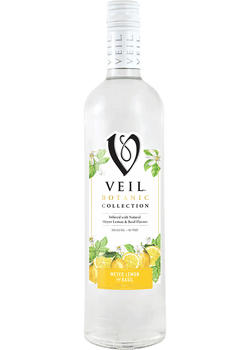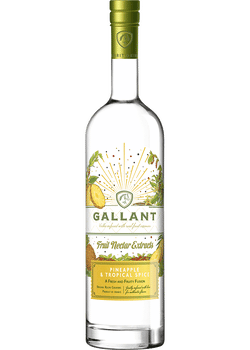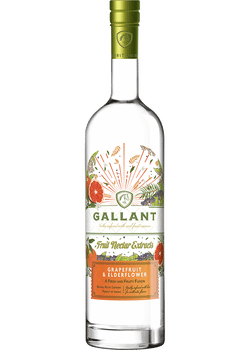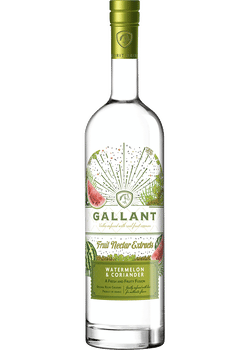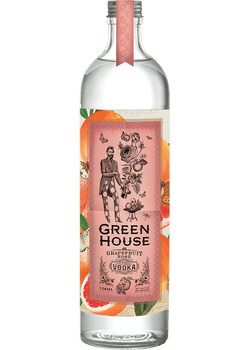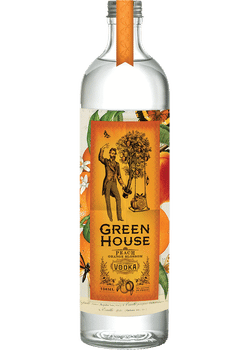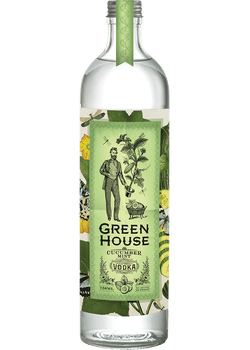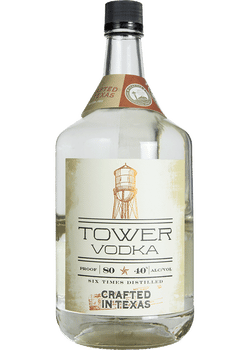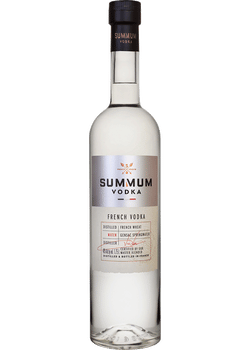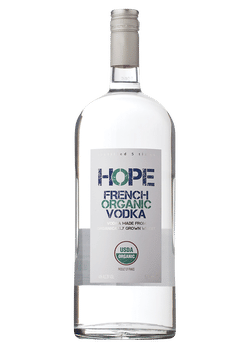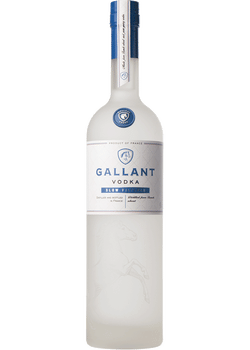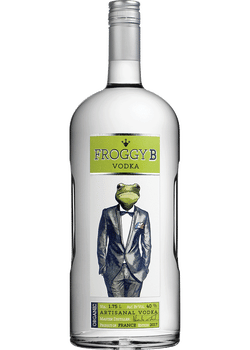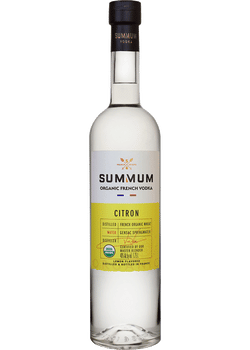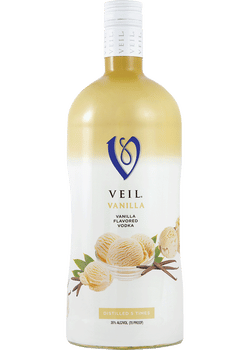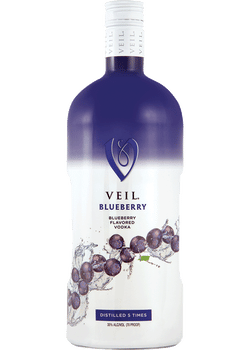One of the most consumed spirits in the world, Vodka is the definitive neutral liquor, and an essential ingredient to enjoy in cocktails or ice-cold and straight up in a classic martini.
Unlike many spirits, Vodka is not restricted to any one country or region and can be made anywhere in the world. It can also be made from almost anything organic — from grains and potatoes to grapes and even beets.
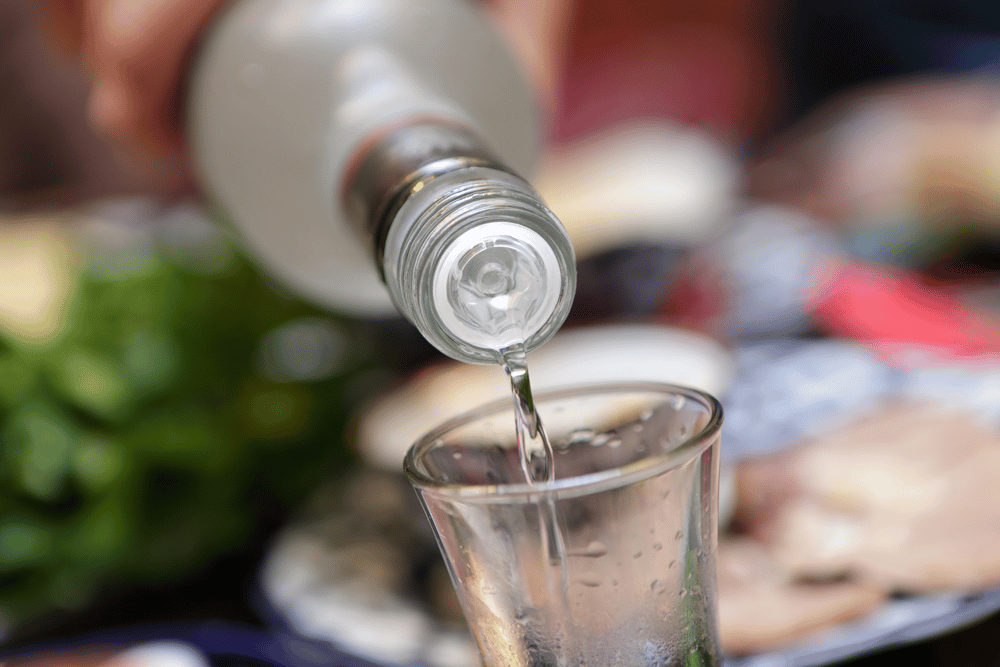
3 facts you should know
-
The spirit name comes from the Russian word for water, voda (вода)
-
Much like other spirits, it was originally used for medicinal purposes
-
Vodka did not gain popularity in the United States until after World War II
A little history
Russia, Poland, and Sweden claim to have created Vodka, but the first mention of the word was documented in Poland in 1405. Vodka, like most spirits, was originally used for medicinal purposes before becoming the drink we know today.
Only after World War II did Vodka gain popularity in the U.S. and Europe. In 1933, Vladimir Smirnov, son of the founder of the famous Smirnoff Vodka, sold his rights to an American who began distilling in the U.S. The rest is history!
What is Vodka made from?
Just about anything organic can be fermented and distilled to make Vodka. The most common bases are grains like barley, rye, and wheat, but potatoes, grapes, corn, and even beets are used.
Despite the base ingredient, the finished product is almost always a colorless, flavorless, and neutral spirit. The base ingredient can have a subtle impact on the final spirit — rye can add an oily texture and spice, barley may be mild and light, and potatoes sometimes add a creamy mouth feel.
How is it made?
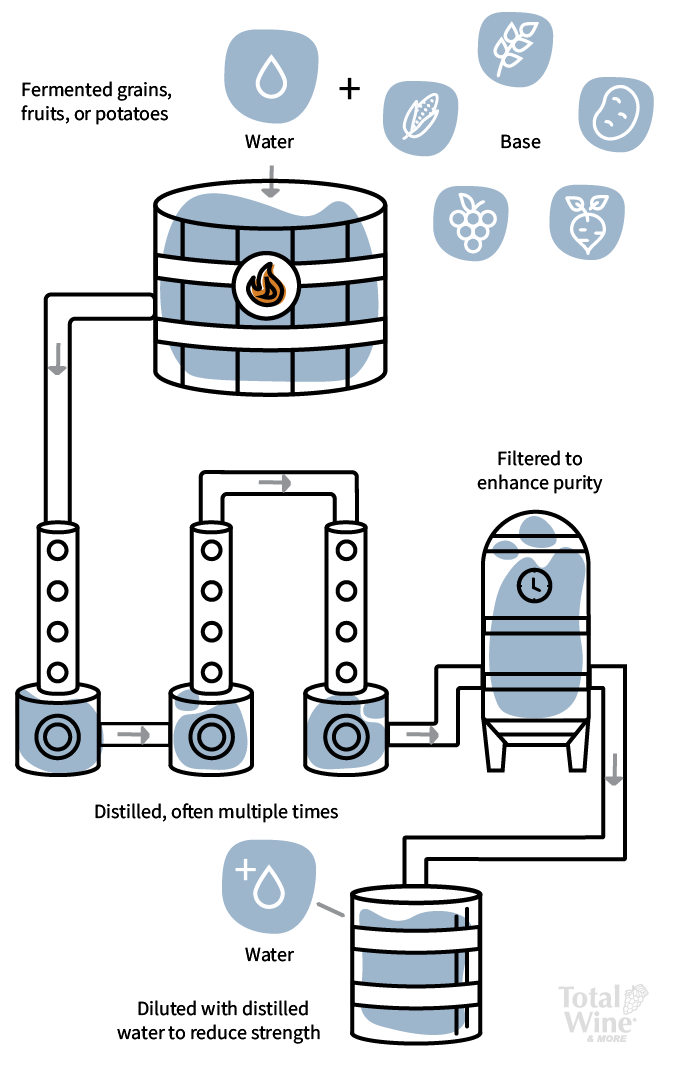
There are five key steps in the process of making Vodka:
-
Ferment grains, fruits, or potatoes
-
Distill, often multiple times
-
Filter to enhance purity
-
Dilute with distilled water to reduce strength
-
Produces a 40% abv neutral spirit
The first step is fermentation. Distillers combine the base ingredient with water, which is then heated, and fermentation begins. Yeast consumes sugar from the grains, potatoes, or other organic ingredient to create two biproducts: gas (usually CO2) and alcohol. The biproduct of fermentation is a mash or wash, not too dissimilar from beer.
Fun Fact:
Every spirit starts its journey in the same way — fermenting a base such as grains, potatoes, or fruit, with water and yeast.
After fermentation, the mash goes through the second step — distillation. The liquid is poured into a column still and heated, water and alcohol are separated, and the alcohol is captured through condensation. Producers may run it through multiple distillations in pursuit of a cleaner, purer spirit.
Once distilled, the spirit is “neutral” at 190 proof (95% abv). The producer may choose to filter it through charcoal or other materials to purify the taste further.
Water is then added to reduce the alcohol content to around 40% abv. Distillers will go to great lengths to filter, soften, and purify their water. Whether distilled or from a natural spring, the water can impart subtle flavors and aromas, which often become the defining characteristics of a Vodka brand.
Vodka is also one of the lowest-calorie spirits. A 1.5 ounce serving of 80-proof Vodka (or a standard shot) has 96 calories according to the USDA. It surprisingly has zero carbohydrates — even though it is made from carbohydrate-rich foods like potatoes and grains, the fermentation process converts starches and sugars into alcohol leaving no nutrients behind.
Flavored Vodkas, whether sweet, spicy, or savory, require an additional step in production. Producers may steam the flavor ingredients to infuse the spirit or simply mix them in to achieve the desired flavor.
Fun Fact:
To create other types of spirits, distillers macerate botanicals into the distillate to make Gin, age in barrel to make Whiskey, or start with a fruit-based mash to make Brandy.
Types of Vodka
Compared to other spirits like Scotch or Gin, Vodka is fairly simple when it comes to types and styles. There are only 3: plain, flavored, and infused (or botanical).
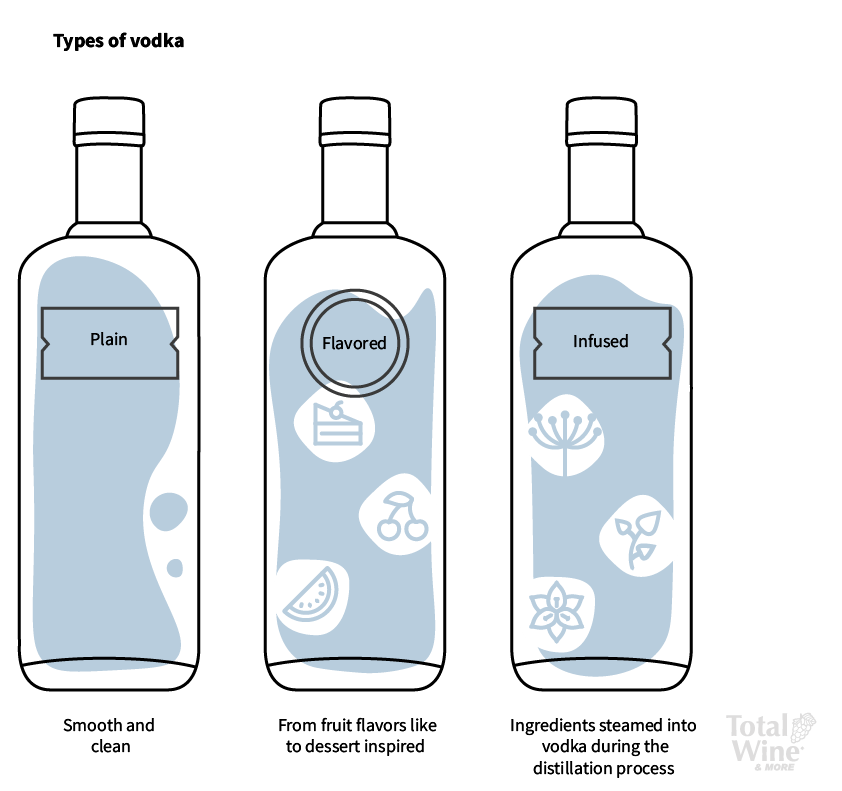
Plain Vodka
The traditional form of the spirit, plain Vodka, is a smooth and clean-tasting spirit. While it is only ethanol and water, some say the base ingredient and terroir, or environmental factors, impart subtle flavor differences. A great plain Vodka can be enjoyed ice cold and neat, but it is also perfect for creating an infinite list of Vodka cocktail recipes.
Next time you reach for a bottle, try something new. Go for a classic Polish potato version like Chopin or a corn-based one like Tower Vodka. Or try something a little different like Idol Vodka made from Chardonnay and Pinot Noir grapes or Haku Vodka made from rice.
Flavored Vodka
Flavored Vodka was introduced in the mid-1980s and has become extremely popular since. Today, this type accounts for about 21% of all bottles sold according to the Distilled Spirits Council. You can find almost any flavor — from fruit flavors like raspberry and mango to dessert-inspired options like chocolate and caramel.
Customer Favorite Flavored Vodka
Infused Vodka
Also known as botanical Vodka, distillers infuse flavor into the spirit by adding ingredients like herbs, flowers, spices, and fruits. These ingredients are steamed into the spirit during the distillation process.
Excellent examples of infused Vodkas are created by well-known brands like Ketel One, Smirnoff, and Grey Goose and some lesser-known, but equally flavorful, brands, including Veil and Gallant.
Our Favorite Infused Vodkas
The best ways to enjoy Vodka
Neat, on the rocks, or in a cocktail, Vodka can be enjoyed many ways.
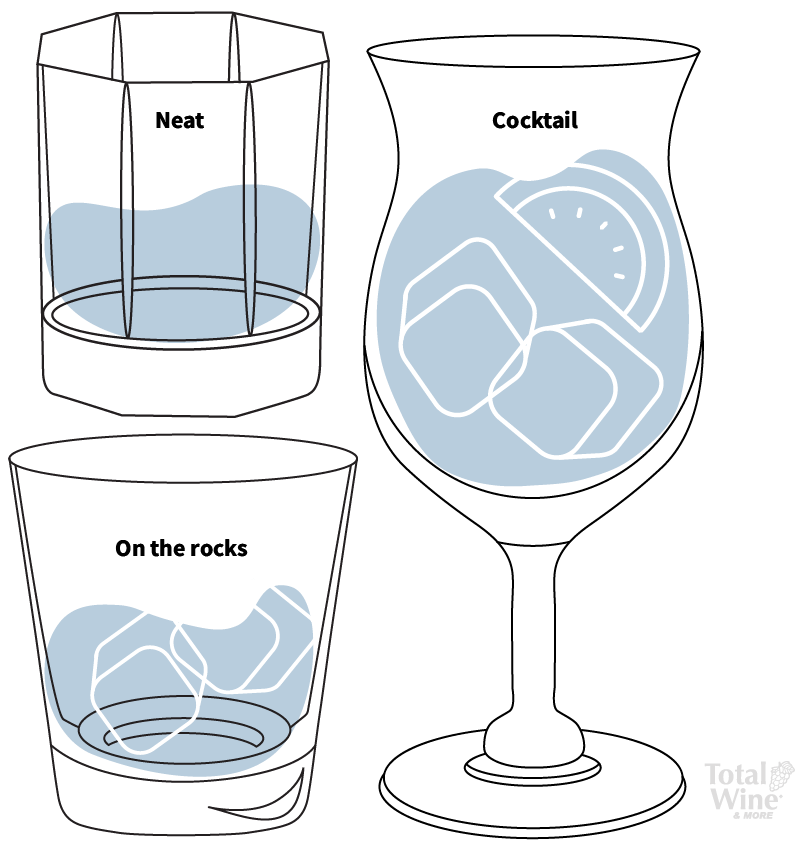
Purists enjoy high-quality Vodka ice cold from the freezer poured into a highball glass. What's the perfect accompaniment for your ice-cold drink? Pair it with briny, salty, or fatty foods, like caviar, oysters, potato chips, and pickles.
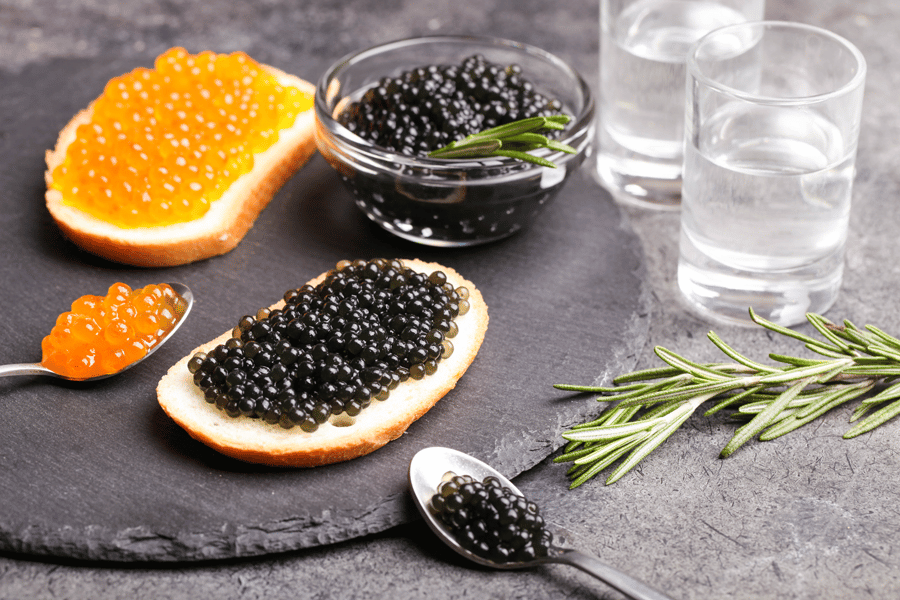
The neutral flavor makes it the perfect spirit for mixing up cocktails — allowing the other ingredients to shine. From infamous cocktails like the Moscow Mule and the Cosmopolitan to brunch staples like the Bloody Mary and Screwdriver, there is no limit to the number of cocktails you can mix up with vodka.
